Every species in the Peruvian Amazon – from the caiman lizards to the
villagers of Puerto Miguel – has developed an elaborate defence
mechanism to survive the harsh environment.
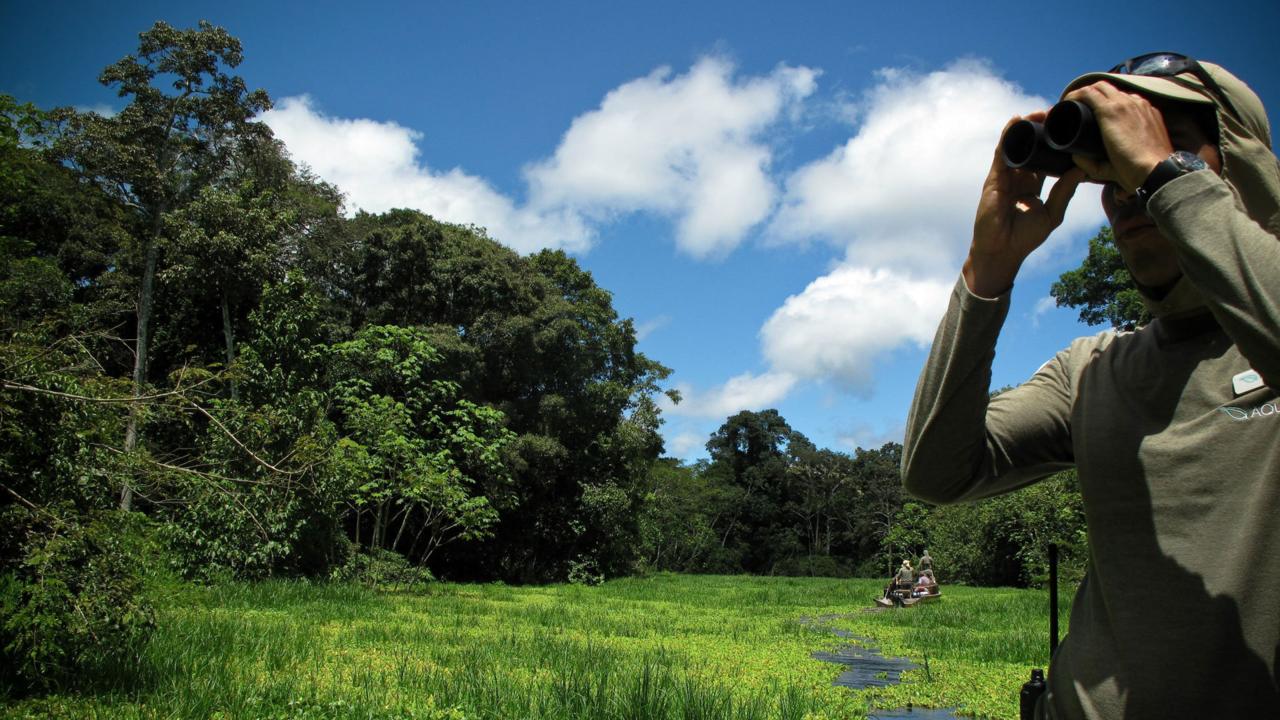
A river of extremes
In the rainy season, the 4,000-mile Amazon River crashes over its banks, turning entire forests into inland seas and camouflaging many of the dangers that lurk beneath. (Colleen Clark)
Frog world
More than 1,000 species of frogs live in the Amazon Basin, from earth-toned toads (pictured) to electric blue, green or yellow poison dart frogs. (Colleen Clark)
Plant life
Most species have developed elaborate defence mechanisms in the Amazon's harsh environment. Massive rings of spikes are meant to protect this tree’s fruit from consumption. (Colleen Clark)
Protection from the elements
During three-, four- and seven-night cruises through the Peruvian Amazon, the M/V Aqua provides respite from the sensory assault of the river, cinematically framing its churning waters with floor-to-ceiling windows. (Colleen Clark)
Lurking lizards
The northern caiman lizard, one of several species of caiman that live in the waters of the Amazon, is mostly aquatic and is an excellent climber. (Colleen Clark)
Local populations
Wildlife may be the area’s primary draw, but the true wonder of the Amazon is the ingenuity and adaptability of the estimated 350 indigenous and ethnic groups that live off this unsympathetic land. (Colleen Clark)
Amazon wisdom
The leader of Puerto Miguel, a small village in Peru, helps to pass down many of the medicinal wonders found in the plants, insects and animals of the Amazon rainforest. (Colleen Clark)
Tame wildlife
A pet monkey in the small village of Puerto Miguel naughtily nibbles at a necklace that a local woman crafted to sell. (Colleen Clark)
Tranquil waters
The day ends on the deck of the M/V Aqua, as the setting sun streaks the sky pink, orange and violet. (Colleen Clark)
Taming the heart of the Peruvian Amazon
As my eyes adjusted, I realized that this seemingly solid carpet of green was actually a large, dense grouping of water hyacinth, throbbing with electric blue and crimson dragonflies, spindly mottled spiders and monstrous ants. The rare break in vegetation revealed the river’s inky black water, where anaconda, piranha and alligator-like caiman lurked beneath.
The Amazon is a river of extremes. It cuts a 4,000 mile path from the Andes to the Atlantic Ocean -- longer than the distance between New York City and Berlin. During the rainy season, the Amazon crashes over its banks, turning entire forests into inland seas and swelling to an average of 28 miles wide along its inland length and 300 miles wide at its mouth.
Everything here is a little too saturated, a little too bright, a little too dense. Like a camera attempting to focus, your eyes constantly zoom in and out, pinballing around to try to process the technicolour birds, the impenetrable walls of green and the swarms of otherworldly insects -- much of which is reflected like a fairground mirror in the obsidian slate of the river’s black water.
It is easy to understand how countless streams of explorers were lured deep into this region, convinced that another few days or another few miles would open up its mysteries. But as 19th-century explorer Percy Fawcett said, nature here is “against man as it is nowhere else in the world” (Fawcett was no exception, mysteriously vanishing into its depths in 1925, never to be heard from again).
Almost a century later, the Amazon remains one of the last truly wild regions of the world. But these days, you can explore it with protection from the elements in the form of the M/V Aqua, the first luxury ship to ply these wild waters. During the three-, four- and seven-night cruises through the Peruvian Amazon, the ship’s 12 rooms provide respite from the sensory assault of the river, cinematically framing its churning waters with floor-to-ceiling windows, cocooning you in air-conditioned cabins of Brazilian slate and Amazonian hardwoods, and using local flora and fauna in innovative tasting menus designed by Peruvian master chef Pedro Miguel Schiaffino.
While the boat allows you to sleep in total comfort, the river cruise is far from adventure light. On our first day of exploration, we boarded small skiffs and headed up the Tahuayo tributary in search of wildlife. The rainforest made good on its name, pouring down until we hacked through the underbrush into a canopy-covered lagoon. Beneath the waters swam the dreaded red-bellied piranha, the pack-hunting fish whose jagged teeth can strip the flesh from an animal in minutes. Our M/V Aqua guide, Ricardo, bravely pried open one fish’s mouth, baring its razor sharp fangs. This was just the first in a near-comical procession of lurking horrors — from anaconda that can digest an entire deer to the slivery candiru (parasitic toothpick fish) that can lodge, die and rot in your urethra, from puraques (eels) that can send 650 volts of electricity into their prey to bullet ants whose stings feel like being shot (all dangers we thankfully avoided).
But for all the terrors of the rainforest, it is equally rewarding in its beauty. The next day in the five-million acre Pacaya-Samiria National Reserve, the sun burned bright, giving an electric glow to the throbbing canopy where parakeets swooped, sloths napped and tamarind and red howler monkeys played. It was all reflected in the smooth surface of the water, coloured a coffee-black by tannins released from decaying plant life below. The surface became a dark mirror as we cut the motors, taking in the guttural whoops, whines, trills and clicks around us. Then a shimmering pink snout and an iridescent fin broke the surface, revealing the rainforest’s most mythical creature: the pink river dolphin. Local legend holds that the dolphins shapeshift into handsome men at night to lure beautiful women from the villages. It was easy to believe the tale as another crested, then another, striping the river with shimmering streaks of rosy blush.
Like untold numbers before, I was slowly seduced by the Amazon’s violent wilderness, its outlandish wonders daring me to go deeper. After all, if something as seemingly delicate as that school of dolphins could glide beneath the surface, surely I could too. Calling my bluff, Ricardo navigated into a flat stretch of water and told me to check my skin for open cuts (piranha bait). I leapt in, away from the searing heat of the midday sun to the cool relief below. I bobbed downstream, buoyed by the thrill of danger, awed that so simple an act as swimming could hold such innumerable threats. But the Amazon let me have my fun, carrying me and my brave travelling companions downstream without incident. We climbed back onboard, sopping and smiling, greeted by the bemused Ricardo.
To him, a lifelong resident in this region, our nervous dip was a silly lark. Wildlife may be the area’s primary draw, but the true wonder of the Amazon is the ingenuity and adaptability of the estimated 350 indigenous and ethnic groups that live off this unsympathetic land. In the small village of Puerto Miguel, we met the teacher who travels days by boat to visit the village’s small school, the children who help their parents gather fruit and fish, and the pet monkey who naughtily nibbles at the necklaces local women have crafted to sell. The locals guided us on foot through the rainforest, pointing out the ants whose pinchers they use for stitches, the trees whose sap works like iodine and the termites that can be crushed into mosquito repellent. Suddenly this hostile land felt ripe with the possibilities of healing. Another set of mysteries beneath another canopy of green.
by Colleen Clark
(5 June 2012)
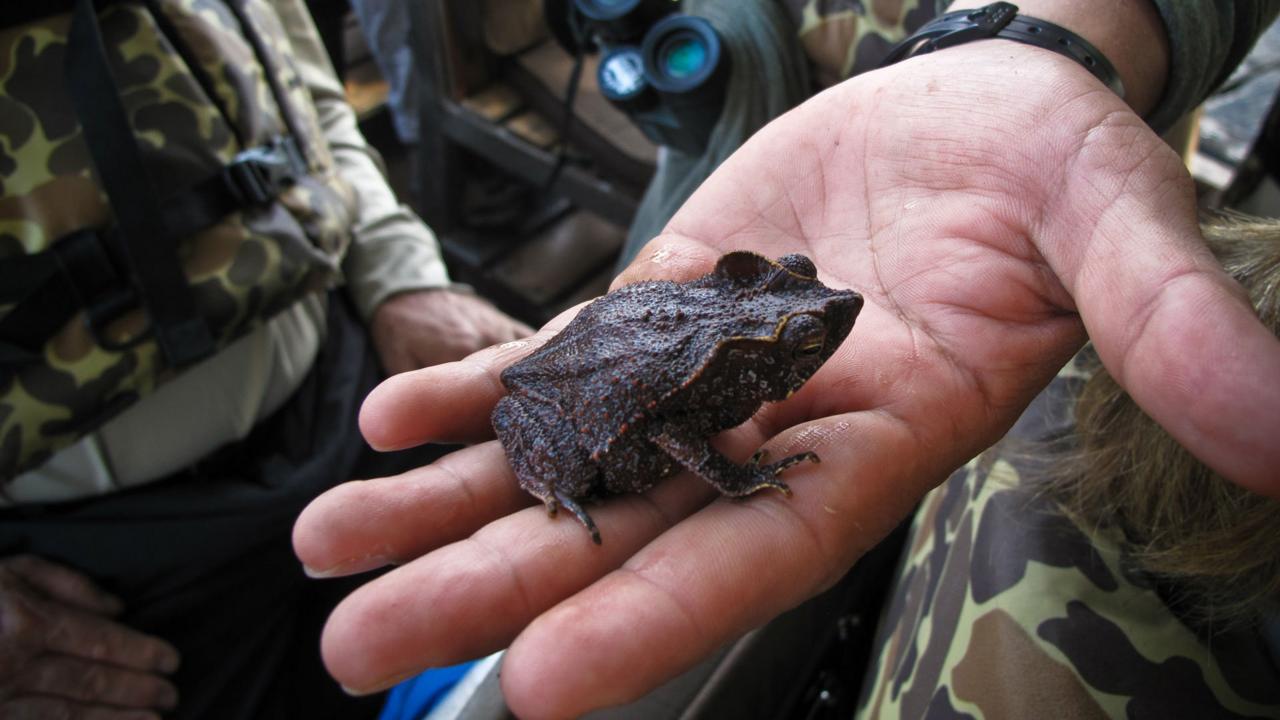
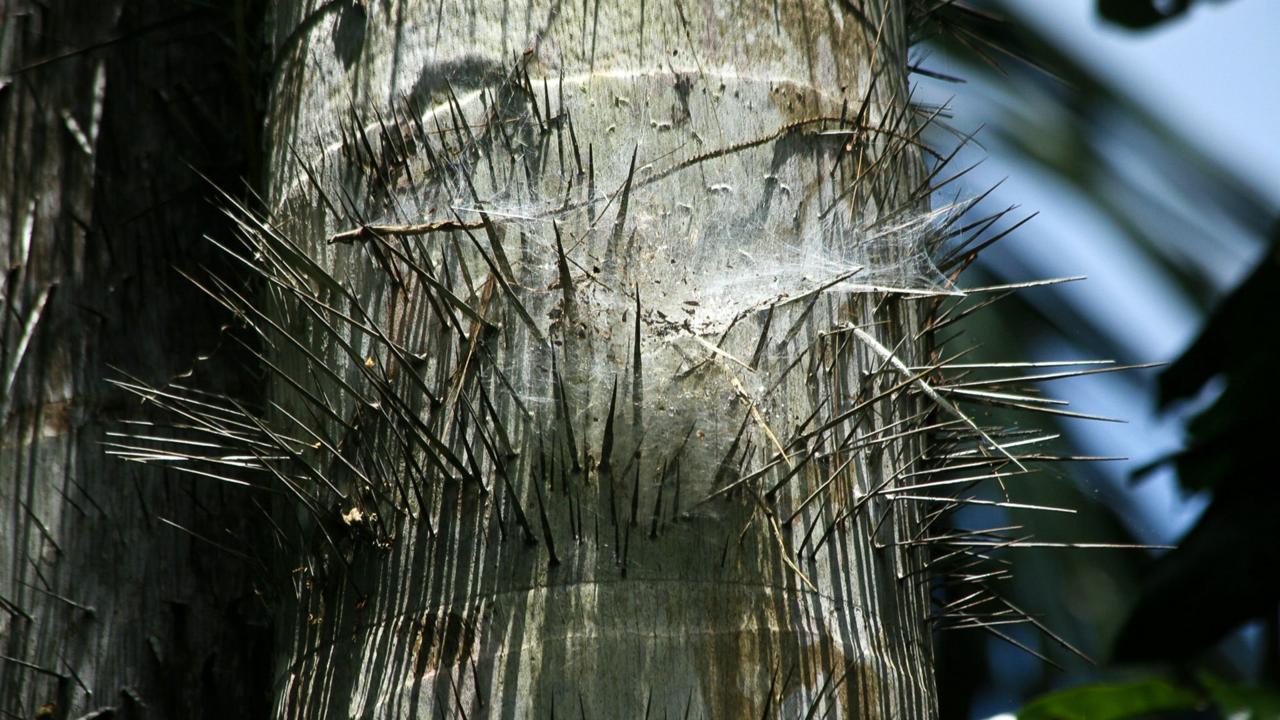
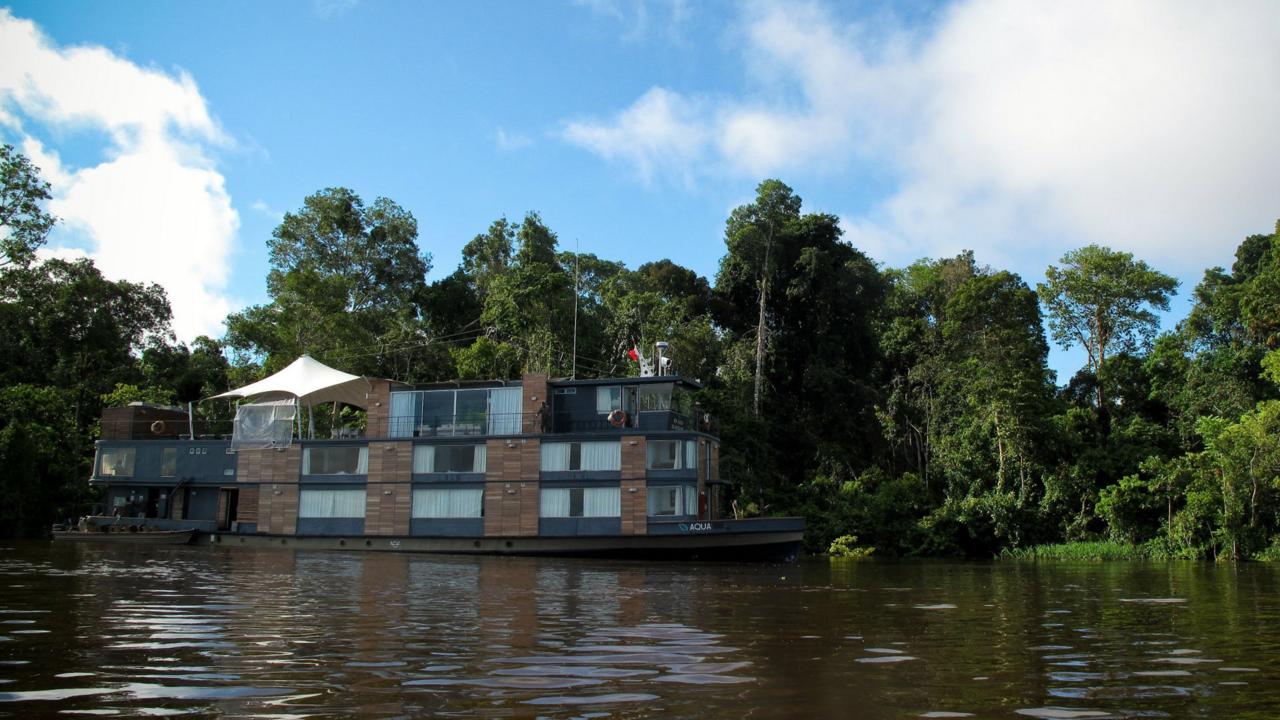
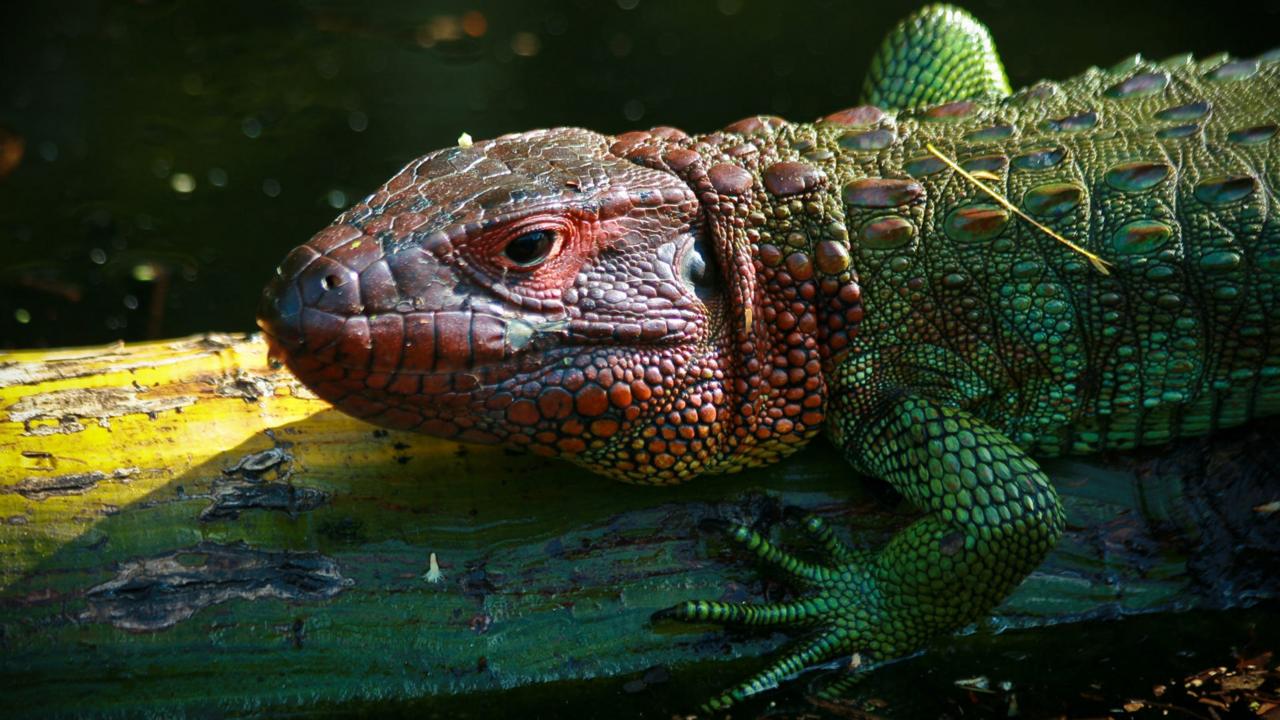
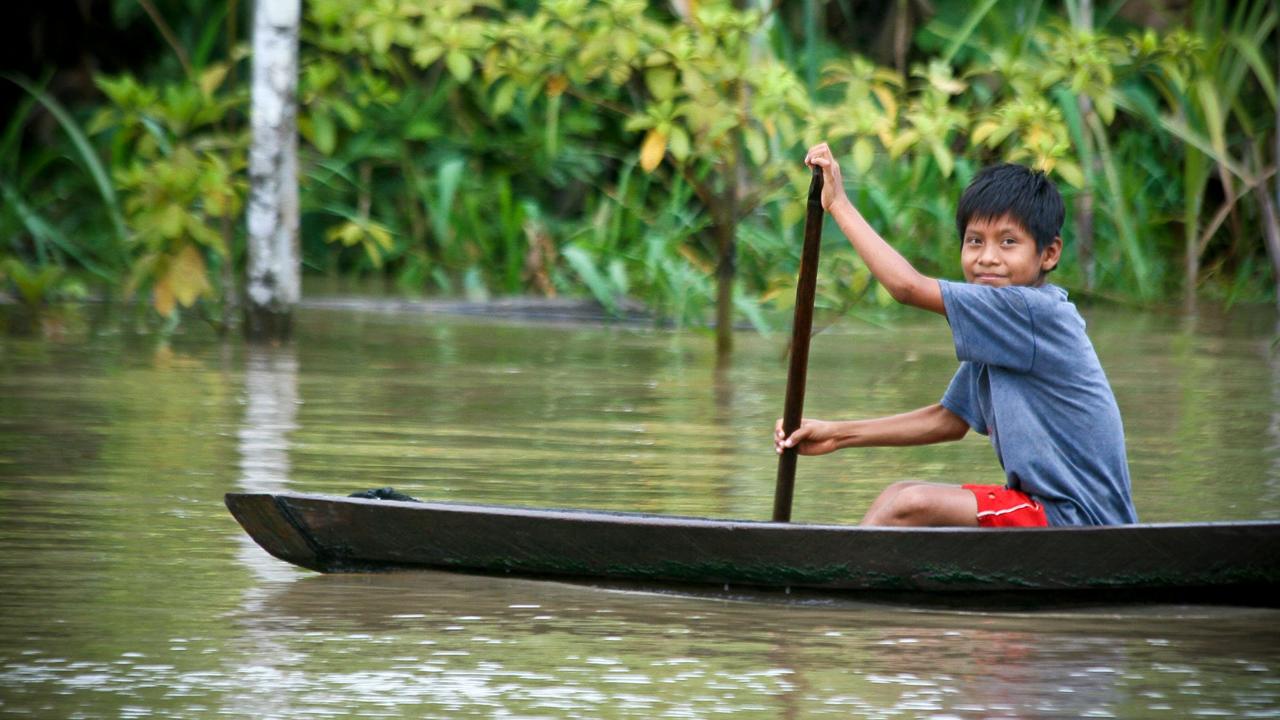
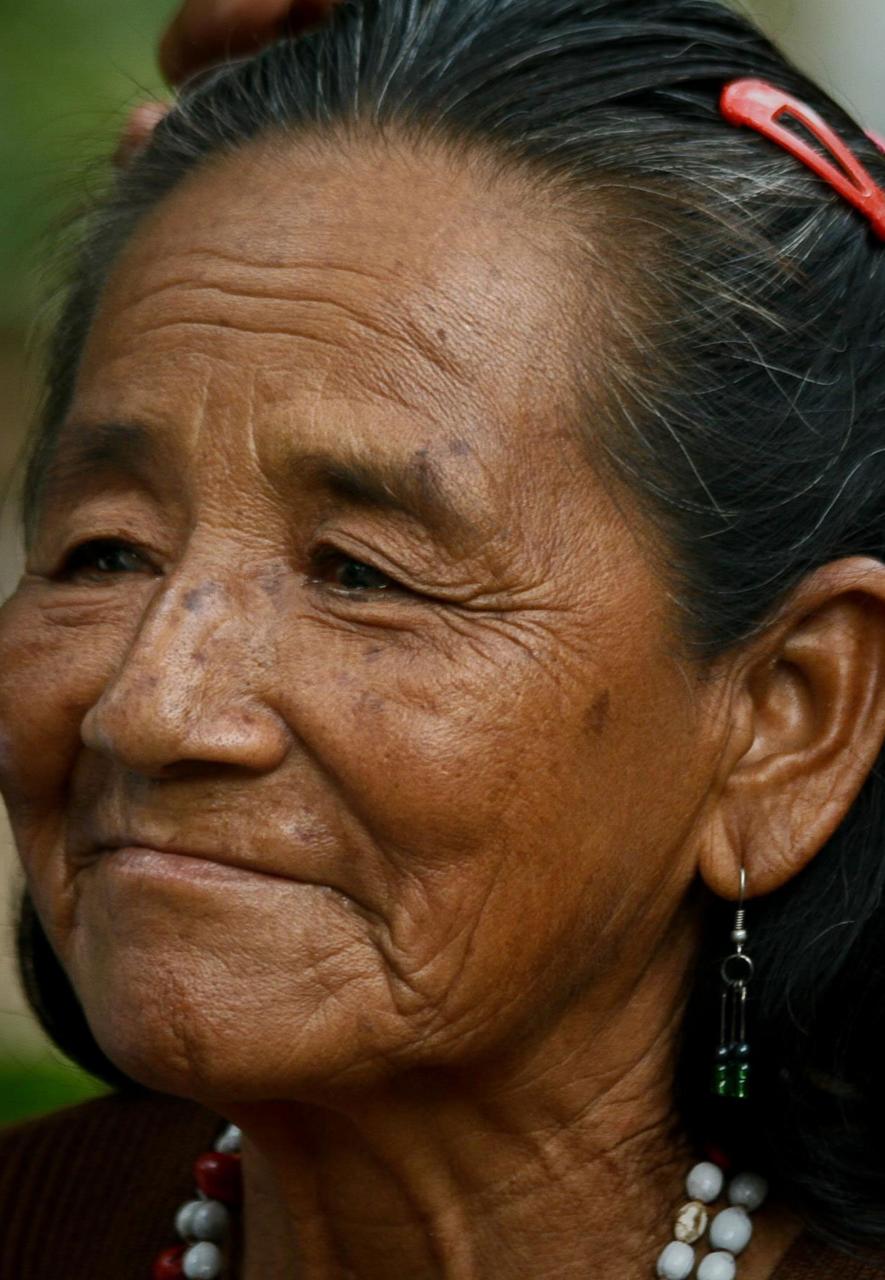
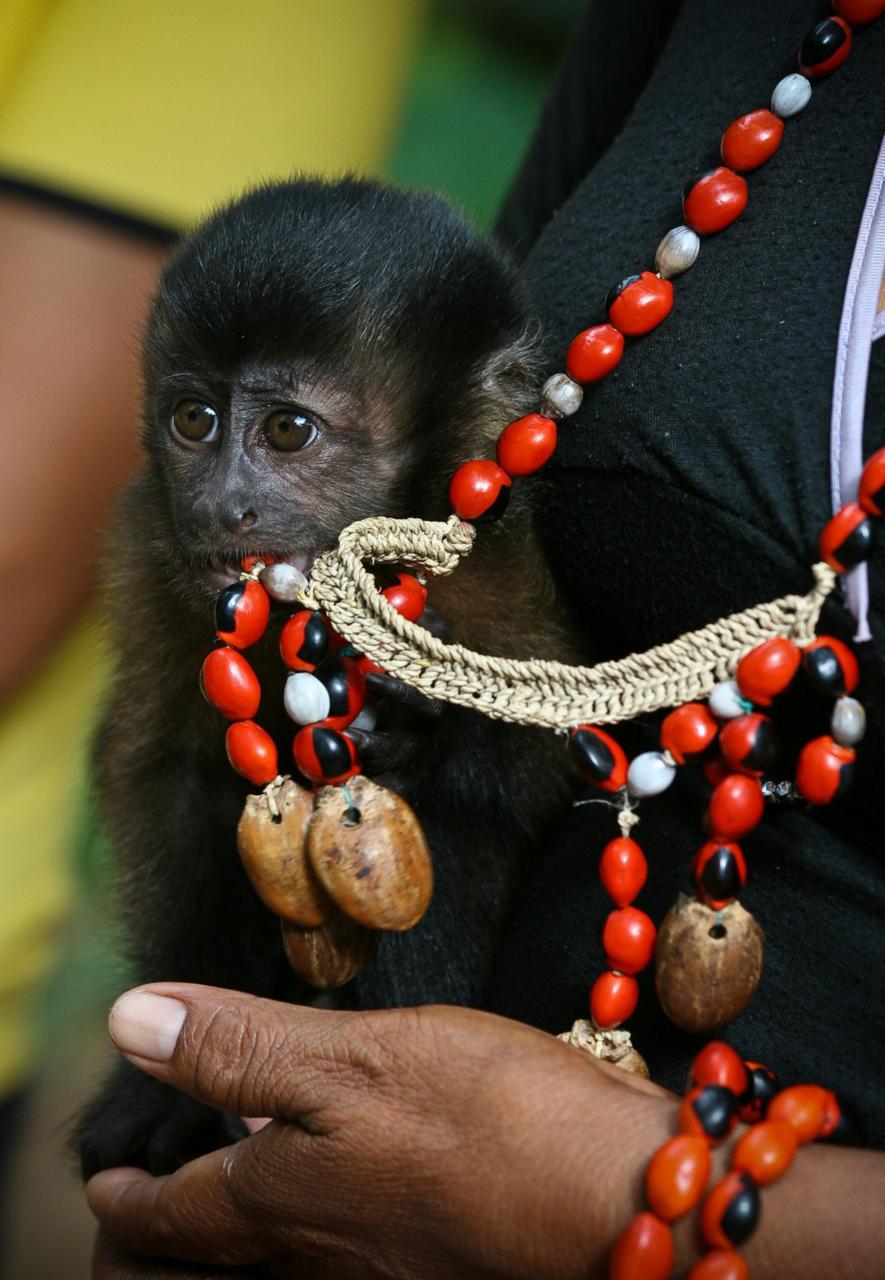
** (Credit: http://www.bbc.com/travel/feature/20120604-taming-the-heart-of-the-peruvian-amazon) The day ends on the deck of the M/V Aqua, as the setting sun streaks the sky pink, orange and violet. (Colleen Clark) ______________________________________________________________________________________ **[Read more: Taming the heart of the Peruvian Amazon](http://www.bbc.com/travel/feature/20120604-taming-the-heart-of-the-peruvian-amazon)** (Credit: http://www.bbc.com/travel/feature/20120604-taming-the-heart-of-the-peruvian-amazon)](http://ichef.bbci.co.uk/wwfeatures/1280_720/images/live/p0/14/fn/p014fn00.jpg)
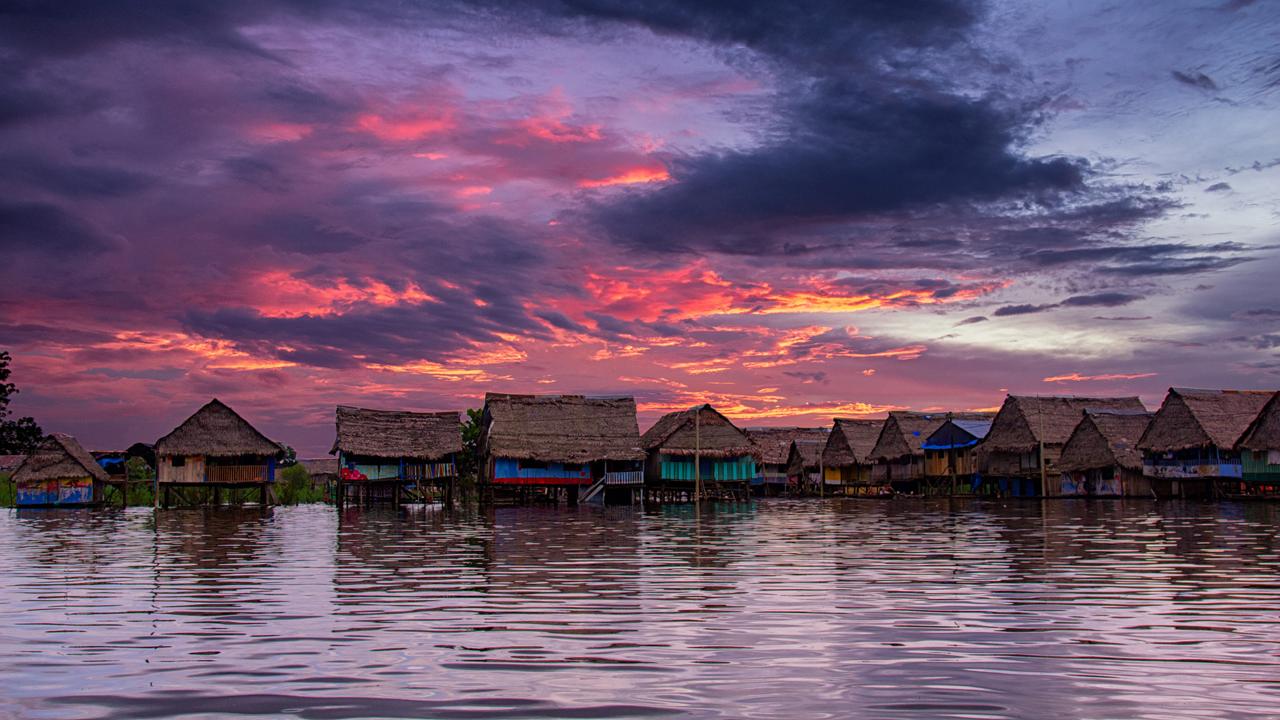
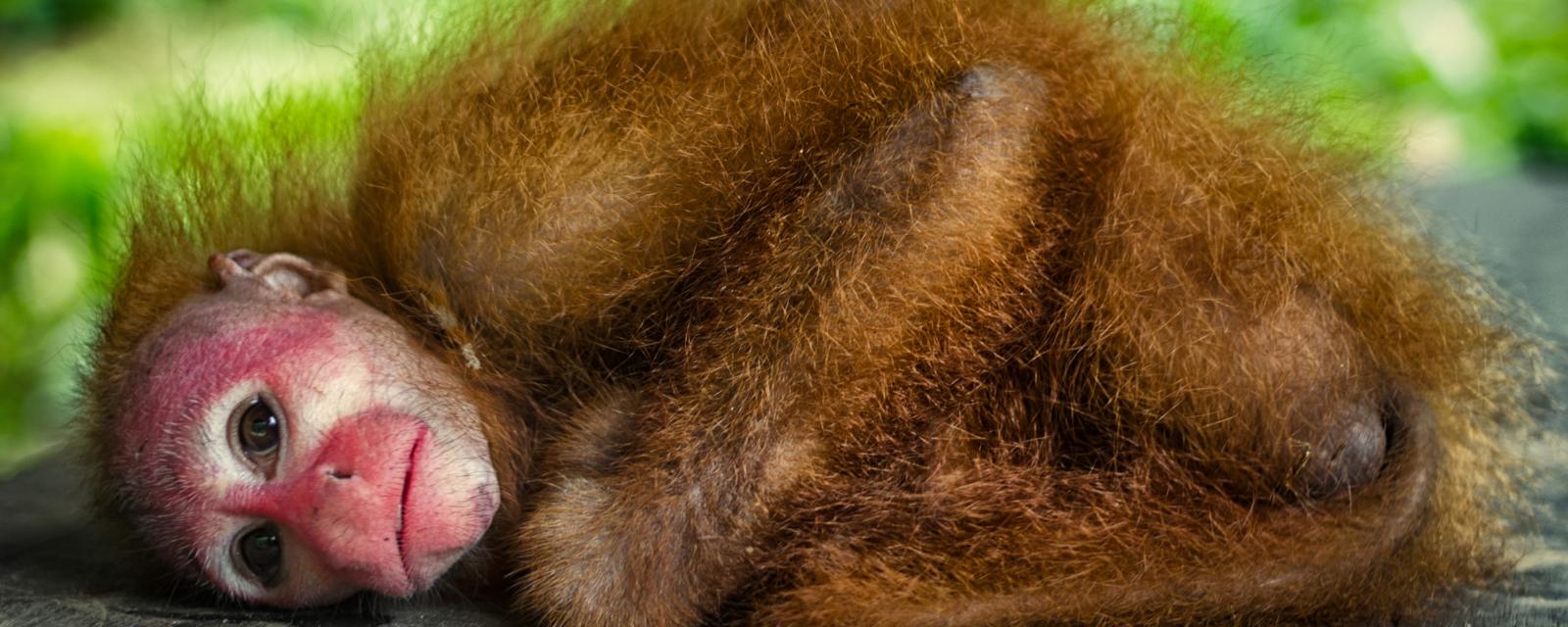























0 comentários:
Postar um comentário